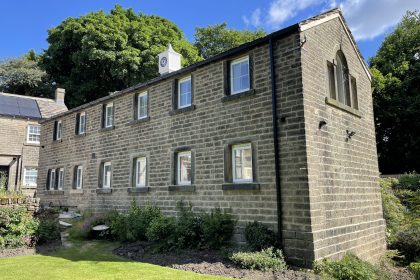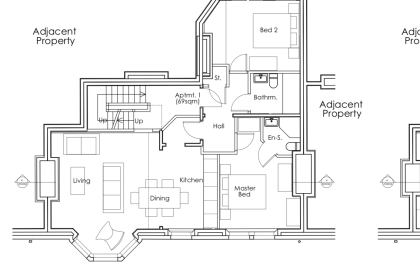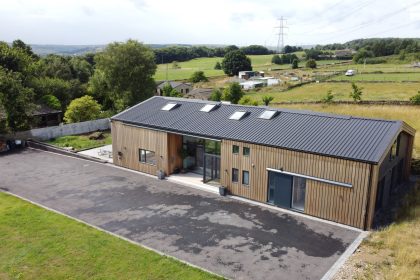Green Belt continues to be a huge issue for councils and communities across the country. Only about 13% of the land area in England is designated as Green Belt.
The basic concept of Green Belt was established in 1902 by Ebenezer Howard. Since its creation, there have been ‘purposes’ for which Green Belt has been able to be designated and used, and land can only be included in Green Belt to achieve these purposes.
The five purposes of Green Belt in the NPPF (National Planning Policy Framework) are:
- To check the unrestricted sprawl of large built-up areas
- To prevent neighbouring towns from merging into one another
- To assist in safeguarding the countryside from encroachment
- To preserve the setting and special character of historic towns
- To assist in urban regeneration by encouraging the recycling of derelict and other urban land
Planning policy guidance
The Guidance was changed in October 2014 to address how the presence of Green Belt is taken into account. These changes address the policy requirement that ‘local planning authorities should meet objectively-addressed needs unless any adverse impacts of doing so would significantly outweigh the benefits when assessed against the policies in the Framework taken as a whole, or specific policies in the Framework indicate development should be restricted.
In summary, the PPG has not changed the approach to reviewing and changing Green Belt through the preparation (or revisions) of a local plan where there are ‘exceptional circumstances’. Local planning authorities of course should not ignore its housing needs by saying it has Green Belt, and a proper look at how the Green Belt performs against the purposes of including land in the Green Belt is clearly required.
A further change was made in the PPG in October 2014 in the way that Green Belt is referred to. It details ‘Unmet housing need is unlikely to outweigh the harm to the Green Belt and other harm to constitute the ‘very special circumstances’ justifying inappropriate development on a site within Green Belt.
Green Belt reviews
The term is used to see whether a change will be required to the Green Belt. Any review of Green Belt boundaries involves an assessment of how the land still contributes to the five purposes noted above and takes place via the local plan process.
The purpose of a review is for the identification of the most appropriate land to be used for development through the local plan. This review will always be mindful of the other planning matters to be taken into consideration as part of an overall spatial strategy.
Our experience
Over the years we have often been asked by clients to review the development potential of land or buildings within the green belt. Even with the specialised input of Planning Consultants, it is often difficult to give exact answers as planning policy regarding this is not always specific to every situation and the “special circumstances” that usually need to be demonstrated can be interpreted in different ways.
Existing buildings can often be extended to a reasonable extent and conversions of barns into residential are still readily achievable through the Part Q Prior Approval route, which still recognises this as permitted development in the green belt. New-build projects can be more challenging but still possible if appropriate justifications are presented or a route such as Paragraph 79 of the NPPF is followed.
Often a pre-application submission supported by initial concept drawings is the best way to gauge a Local Authority’s view on the proposals in question, if it is thought that good justifications can be put forward for development. Sites can also be put forward & considered for a designated planning use when the Local Plan is reviewed by the Local Authority, which is usually every five years or so.
It is our view that, although the intentions of protection of green belt land continues to be laudable, there are very many smaller sites on the edges of towns and villages designated as green belt that should be reclassified as low-grade and accepted by Local Authorities for future development. These contribute very little to the overall openness and quality of the greenbelt anyway, and do not contradict the five purposes previously stated.
Development of many of these smaller sites would take significant pressure off proposed development of larger areas of greenbelt often mooted to meet Local Authority housing needs. This would be a more appropriate way to address the continuing housing shortage, especially as it would create a richer diversity of housing, more of which would be in rural areas on the edges of existing conurbations where it is much needed.
This would also avoid, or at least substantially reduce, the need to create large new infrastructure so would better address the issue of sustainability too.
If you have a site or building within the green belt that you would like us to review for its development potential, please do get in touch for some initial advice as we’d be happy to help.







